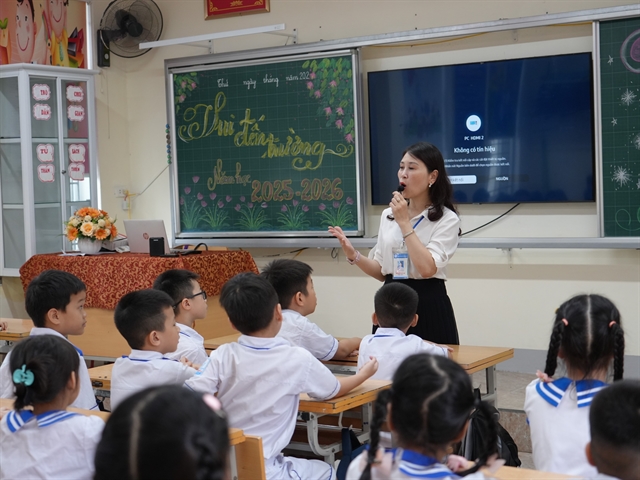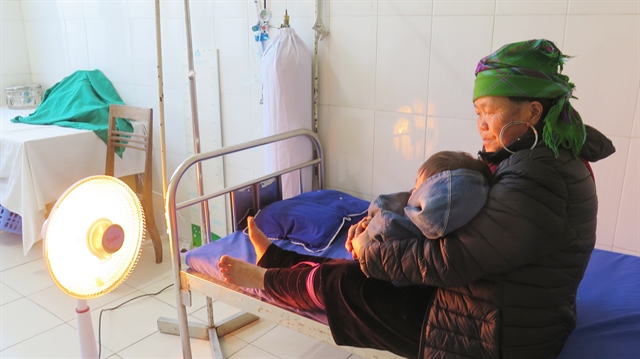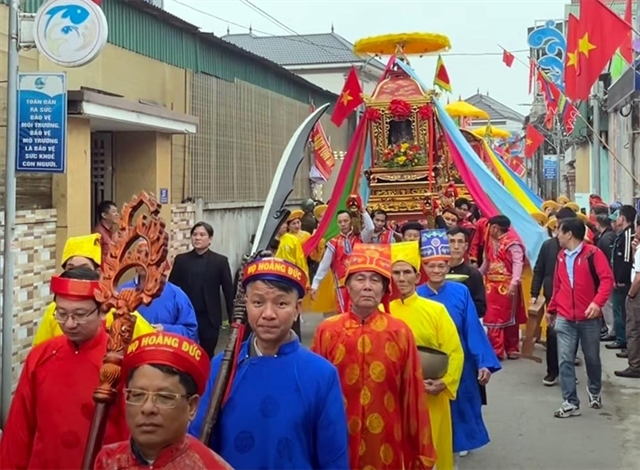 Life & Style
Life & Style
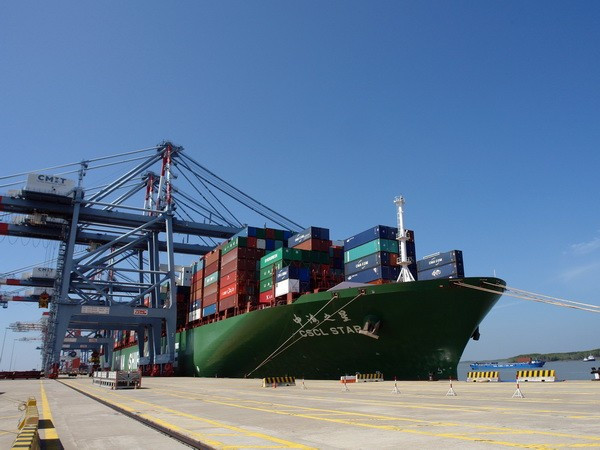
Nguyễn Thu Hiền
The northern province of Sơn La has formed organic fruit planting areas combined with tourism services.
Beside typical tourism products like relaxing destinations at resorts and spiritual tours to pagodas, temples and historical relics, Sơn La has its own attractions for youngsters.
Tourists who like to post photos on social networks choose Sơn La to visit gardens of ripe flowers, orchid trees or fruit gardens while travellers who like adventure sports can visit Sơn La to experience cave exploring or mountain climbing.
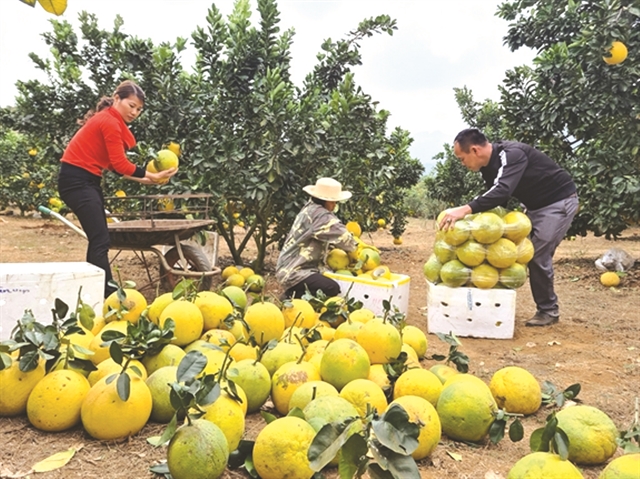
|
| Locals in Noong Xôm Village, Hát Lót Commune, Mai Sơn District of Sơn La Province harvest grapefruits. Photo baodulich.net.vn |
“I often pass this area, so I can see the big change in the scenery of the locality,” said Đoàn Văn Lâm, a bus driver.
Previous deserted land along hills and mountains along National Highway No 6 has been coated with the green colour of valuable fruit trees like longan, passion fruit, and avocado, mango and grapefruit, he said.
One of the most popular destinations is Hạ Đen grape garden in Híp Village, Chiềng Ngần Commune, Sơn La City, where tourists can take photos and pick grapes.
“I have visited grape gardens in the central province of Ninh Thuận,” said visitor Thanh Miện from Hà Nội. “While Ninh Thuận is hot, the weather here is so cool. I enjoy the green of grape leaves and fresh fruit.”
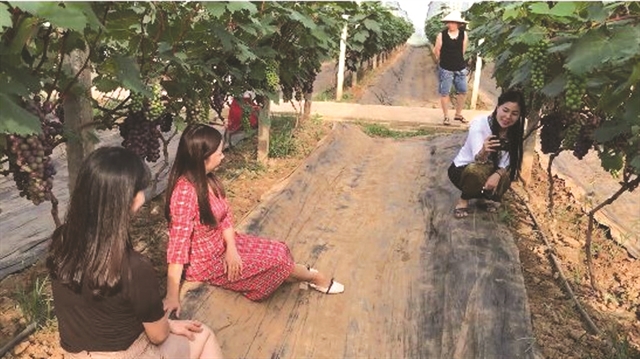
|
| Visitors take photos in a grape garden in Sơn La City. Photo baodulich.net |
In Noong Xôm Village, Hát Lót Commune, Mai Sơn District, visitors will be impressed by the immense grapefruit gardens.
According to Nguyễn Thành Công, director of Sơn La Department for Agriculture and Rural Development, the gardens are the of from the locality’s efforts to change its agriculture structure to develop the economy and offer special green scenery for tourism.
“At the end of 2015, Sơn La authorities pushed up planting fruit trees on sloppy land while at the same time reduced the area of land for rice and corn,” he said. “We have issued various favourable policies to support the transition as well as attract enterprises to invest in fruit processing lines in the area.”
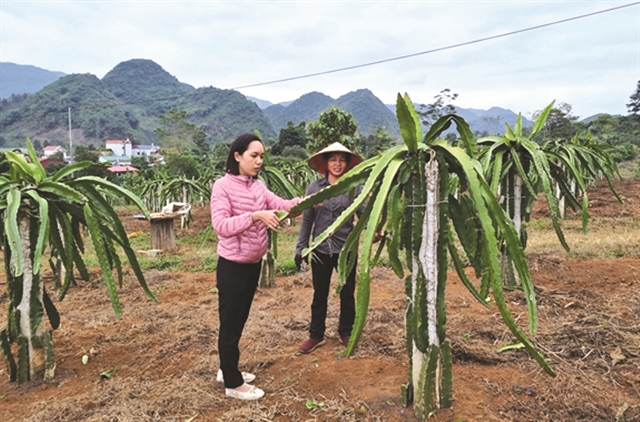
|
| Locals care of red dragon fruit in Thuận Châu District, Sơn La Province. Photo baodulich.net.vn |
The province now hosts more than 78,800ha of fruit trees including some 18,200ha of mango, 5,200ha of banana, nearly 2,000ha of passion fruit, 1,200ha of avocado and 18,500ha of mango.
Between 2016 and 2020, the province planted more than 50,000ha of fruit trees. This year, the value of fruit trees is estimated to reach nearly VNĐ3 trillion (US$129 million).
Công said the fruits here have been not only sold throughout the country but also exported abroad to the US, Russia, Japan, and the EU.
The province has chosen different areas for certain kinds of fruit trees, Công said.
For example, Chiềng Pha Commune in Thuận Châu District has co-ordinated with Ngọc Hoàng Agriculture Co-operative in Nà Bó Commune, Mai Sơn District to form a chain to plant, process and sell dragon fruit.
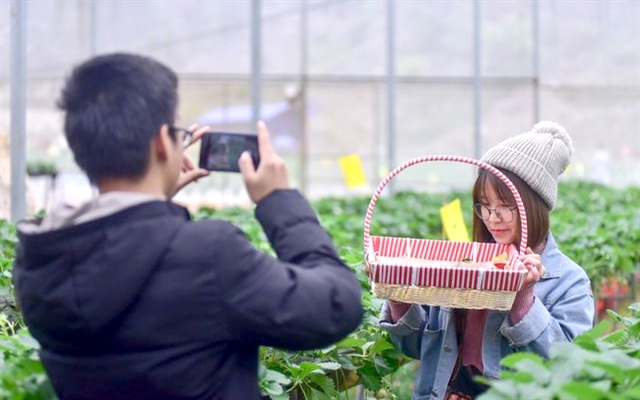
|
| People take photos in a strawberry garden in Mộc Châu Town. Photo vovdulich.vn |
Phạm Thị Thanh Hường, an official from Thuận Châu District’s Agriculture and Rural Development Department, said families joining the chain will be supported with 70 per cent of necessary capital by the State while Ngọc Hoàng Co-operative will be responsible for selling the products.
Hường said families should strictly follow technical guidance and can use only organic fertiliser.
The project has been implemented in six communes in the district with a total area of 46ha, which will be expanded to 125ha by 2025.
This year, the co-operative exported 12 tonnes of fresh fruit to Russia.
Nguyễn Thị Hà, a local in Hưng Nhân Village, Chiềng Pha Commune, said her family has 300 roots of dragon fruit and will soon plant 100 roots more.
“We are happy as planting dragon fruit brings us a good income,” she said. “We have also been assisted with seedlings, fertiliser and output for the fruit.”
Hà said many tourists have flocked to her garden recently, who can join various stages of planting dragon fruits, taking care of the plants and picking the fruits.
“Both adult and children visitors enjoy the garden,” she said. “We also serve meals, snacks and drinks.”
The area has gathered investors to process fruits like Phúc Sinh Sơn La JSC in Chiềng Mung Commune, Mai Sơn District.
At present, the company is responsible for selling 4,000- 5,000 tonnes of coffee beans, 20 per cent of the coffee production in the province. The company has also created jobs for nearly 100 locals.
There are about 50 agricultural product processing plants in the province like Nafoods (processing fruits, vegetables and roots for export), a plant of South Korea's IC Food in Vân Hồ District, ane a plant of TH Group in Vân Hồ District. There are also nearly 500 small-scale workshops run by families, co-operatives and enterprises.
Hoàng Quốc Khánh, chairman of Sơn La Province’s People’s Committee, said tours have brought visitors to processing plants, where they can see how products made from fresh fruits.
“This year, despite COVID-19, the local agriculture sector has confirmed its key role in the economy, which is also a magnet to tourists,” he said. VNS

|
| Sơn La soil and weather is favourable to planting fruits. Photo baodulich.net.vn |


